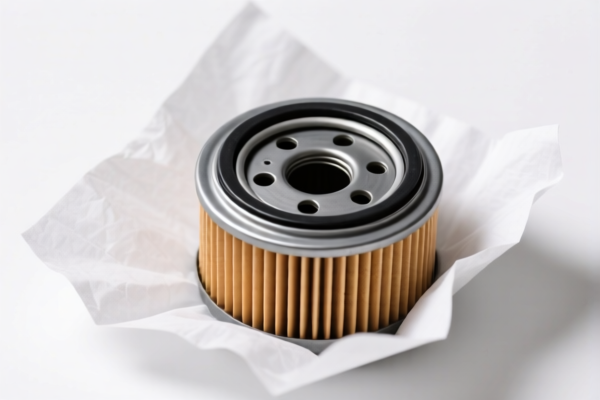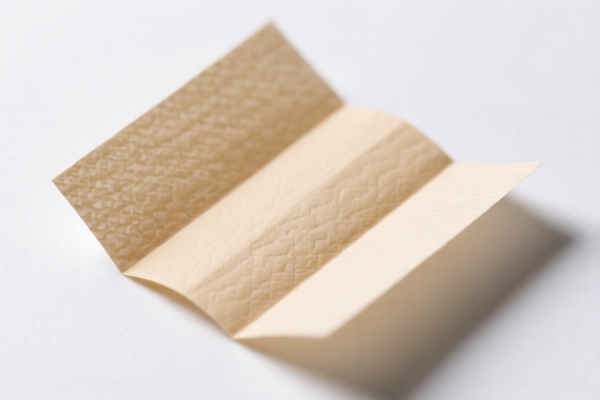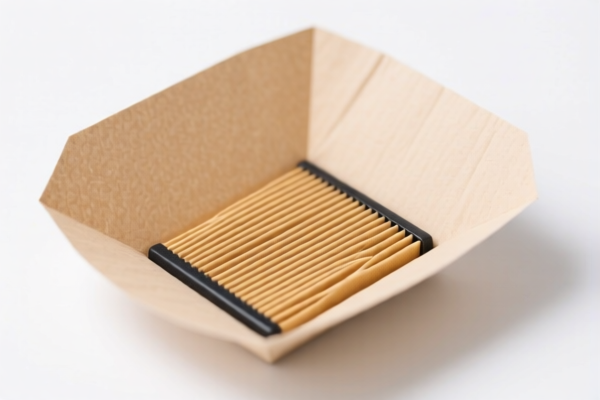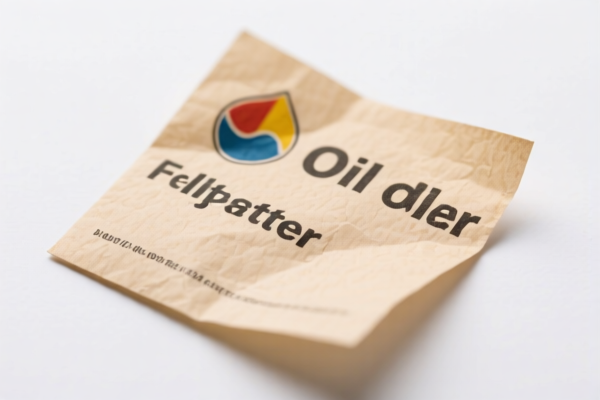| HS Code | Official Doc | Tariff Rate | Origin | Destination | Effective Date |
|---|---|---|---|---|---|
| 4823201000 | Doc | 55.0% | CN | US | 2025-05-12 |
| 4823901000 | Doc | 55.0% | CN | US | 2025-05-12 |
| 4818900080 | Doc | 37.5% | CN | US | 2025-05-12 |
| 4818100000 | Doc | 55.0% | CN | US | 2025-05-12 |
| 3926904800 | Doc | 33.4% | CN | US | 2025-05-12 |
| 3926909910 | Doc | 42.8% | CN | US | 2025-05-12 |
| 3921904010 | Doc | 34.2% | CN | US | 2025-05-12 |
| 3921904090 | Doc | 34.2% | CN | US | 2025-05-12 |




Oil Blotting Paper
Oil blotting paper, also known as blotting film or oil-absorbing tissue, is a specialized paper designed to absorb excess oil from the skin, primarily the face. It is a common cosmetic tool used to reduce shine and maintain a matte finish.
Material:
Traditionally, oil blotting paper is made from thin sheets of rice paper, mulberry paper, or wood pulp. Modern variations may incorporate materials like cotton linter or synthetic polymers. The key characteristic is a highly absorbent, yet gentle, texture. Papers can vary in thickness; thicker papers generally offer greater absorbency.
Purpose:
The primary purpose of oil blotting paper is to control shine without disrupting makeup. Unlike facial tissues, which can smear or remove makeup, blotting paper lifts oil away, leaving makeup intact. It is used to manage oily skin, reduce the appearance of pores, and prevent the buildup of oil that can contribute to acne.
Function:
The paper functions through capillary action. The absorbent material draws oil from the skin's surface, effectively removing it without friction or irritation. The surface area of the paper is maximized to increase the efficiency of oil absorption.
Usage Scenarios:
- Daily Use: Individuals with oily skin use blotting paper throughout the day to control shine, particularly in the T-zone (forehead, nose, and chin).
- Makeup Application: Used after applying foundation or powder to remove excess oil and create a smoother finish.
- Touch-ups: Employed to refresh makeup and maintain a matte look throughout the day.
- On-the-go: Compact sizes make it convenient for travel or carrying in a purse or pocket.
Common Types:
- Natural Blotting Paper: Made from rice paper or mulberry paper, considered gentle and suitable for sensitive skin.
- Cotton Blotting Paper: Offers good absorbency and a soft texture.
- Synthetic Blotting Paper: Often contains polymers for enhanced oil absorption and may be more durable.
- Pre-Cut Sheets: Individually cut sheets for convenience and hygiene.
- Blotting Books/Pads: Compact books or pads containing multiple sheets.
- Flavored/Scented Blotting Paper: Some papers are infused with fragrances or botanical extracts.
- Green Tea/Aloe Vera Infused: Varieties with added ingredients for soothing or anti-inflammatory properties.
- Black Charcoal Blotting Paper: Contains charcoal to help detoxify pores.
Oil blotting paper is a specialized paper designed to absorb excess oil from the skin. It falls under the category of paper used for household or sanitary purposes.
Here are the relevant HS codes based on the provided reference material:
-
4818.10.00.00: This HS code covers toilet paper and similar paper, cellulose wadding or webs of cellulose fibers, of a kind used for household or sanitary purposes. It specifically includes toilet paper. While not explicitly mentioning oil blotting paper, it falls within the broader category of household/sanitary paper.
- 48: Paper or paperboard; cellulose wadding or webs of cellulose fibers.
- 18: Toilet paper and similar paper, cellulose wadding or webs of cellulose fibers, of a kind used for household or sanitary purposes.
- 10: Toilet paper.
-
4818.90.00.80: This HS code covers toilet paper and similar paper, cellulose wadding or webs of cellulose fibers, of a kind used for household or sanitary purposes, categorized as "Other Other". Since oil blotting paper isn't specifically listed, it may fall under this broader "Other" category.
- 48: Paper or paperboard; cellulose wadding or webs of cellulose fibers.
- 18: Toilet paper and similar paper, cellulose wadding or webs of cellulose fibers, of a kind used for household or sanitary purposes.
- 90: Other.
- 80: Other.
-
4823.20.10.00: This HS code covers other paper, paperboard, cellulose wadding and webs of cellulose fibers, cut to size or shape; other articles of paper pulp, paper, paperboard, cellulose wadding or webs of cellulose fibers, specifically including filter paper and paperboard, such as paint filters and strainers. If the oil blotting paper is manufactured as a filter, this HS code may be applicable.
- 48: Paper or paperboard; cellulose wadding or webs of cellulose fibers.
- 23: Other paper, paperboard, cellulose wadding and webs of cellulose fibers, cut to size or shape; other articles of paper pulp, paper, paperboard, cellulose wadding or webs of cellulose fibers.
- 20: Filter paper and paperboard.
- 10: Paint filters and strainers.
Tax Information:
- 4818.10.00.00 & 4818.90.00.80: Have a base tariff of 0.0%, an additional tariff of 25.0%, and an additional tariff of 30% after April 2, 2025, resulting in a total tariff of 37.5% (before April 2, 2025) and 55.0% (after April 2, 2025).
- 4823.20.10.00: Has a base tariff of 0.0%, an additional tariff of 25.0%, and an additional tariff of 30% after April 2, 2025, resulting in a total tariff of 55.0%.
Important Note: The applicable HS code will depend on the specific manufacturing process and intended use of the oil blotting paper. If the paper is specifically designed and marketed as a filter, 4823.20.10.00 may be more appropriate. Otherwise, 4818.10.00.00 or 4818.90.00.80 are potential options.
Customer Reviews
No reviews yet.